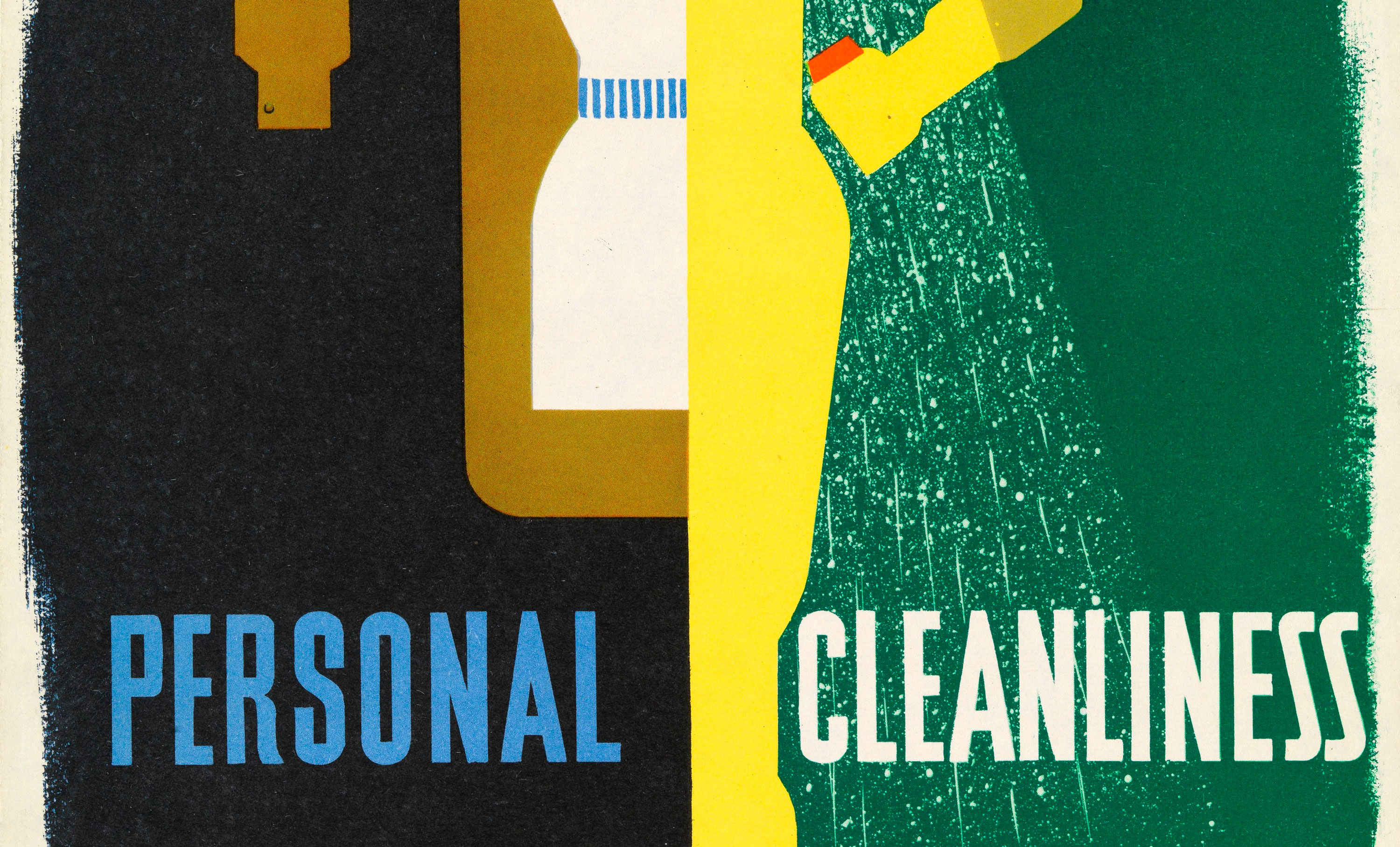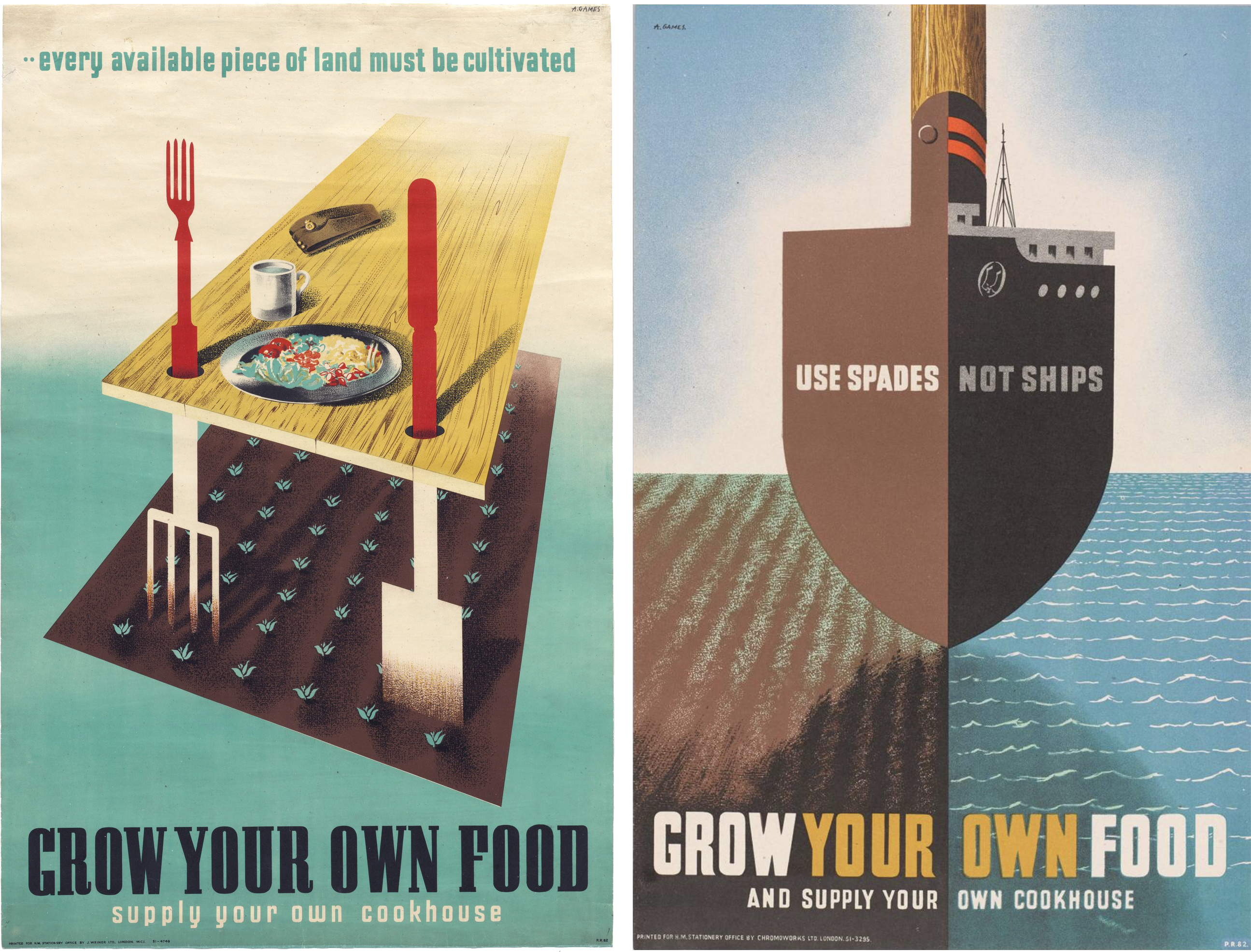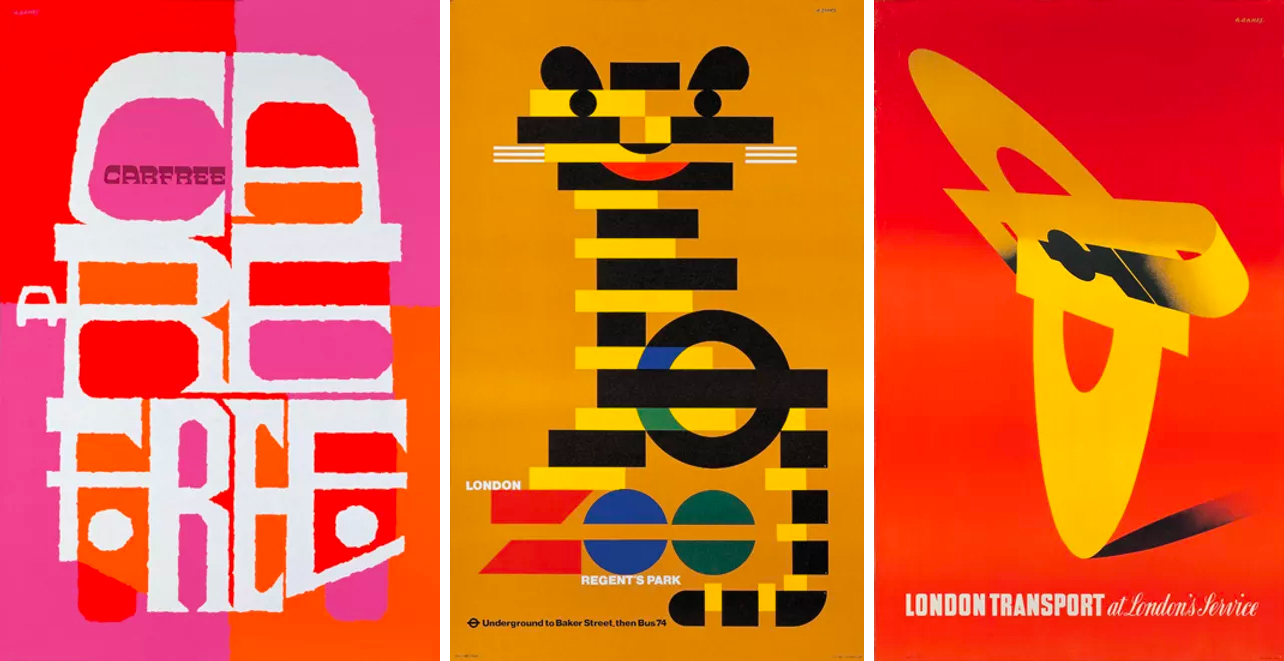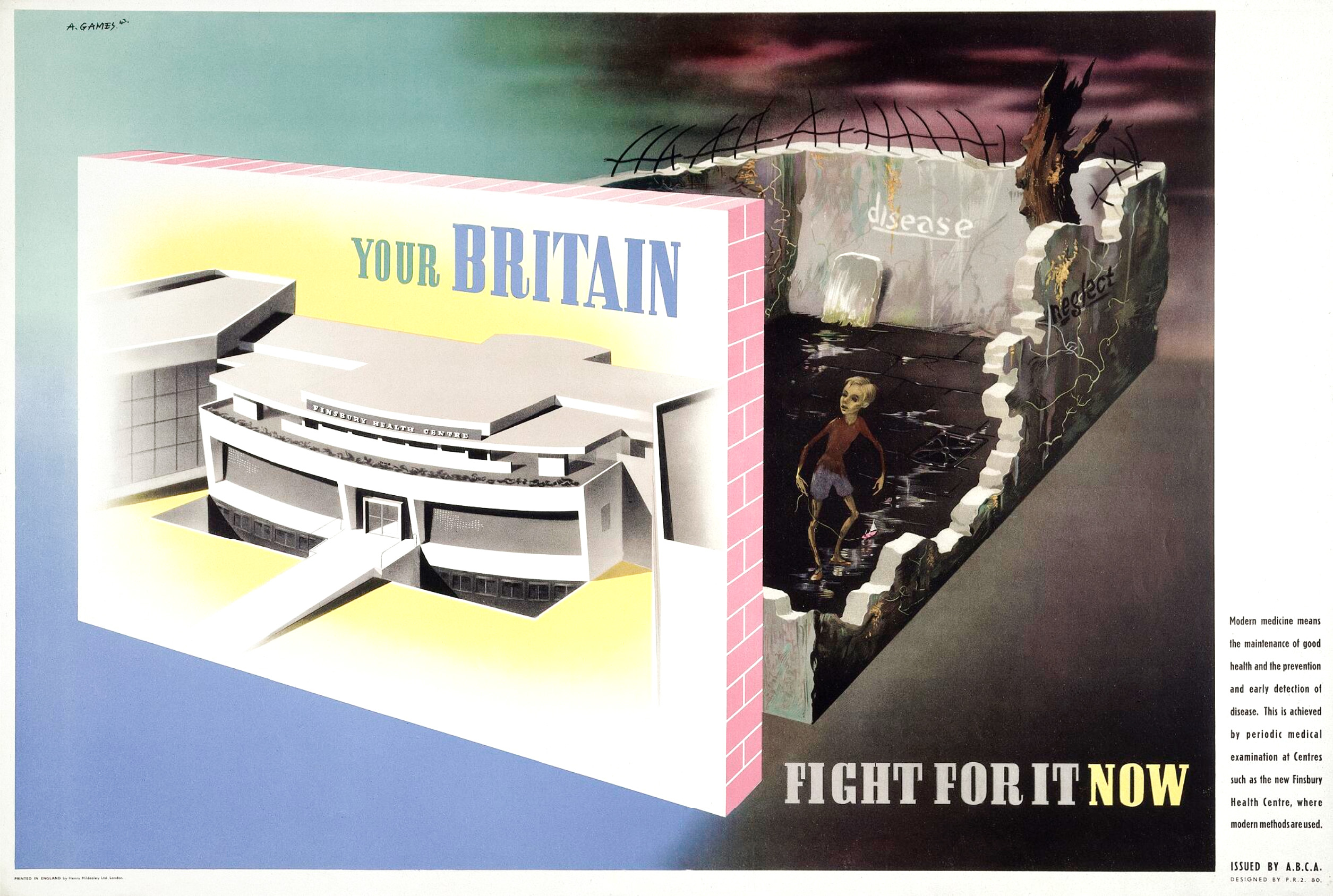News
Abram Games: Posters for the Public Good
While design is never a panacea for the world’s ills, the work of British designer Abram Games has particular poignance as we face new threats, uncertainty, and disinformation.

Last year we were honored to host a Live at the Archive event with Abram’s daughter, Naomi Games. There’s no better time than now to present a recording of her talk, which focuses on the designer’s unique ability to promote health and safety, raise awareness, and unite people under a common cause.
“He would say, ‘I wind the spring, and the public, having looked at the poster, will have the spring released in its mind.’” — Naomi Games

Abram’s interest in public service design began when he was an infantryman in World War II. He found that the small, monochromatic notices on the walls of army barracks failed to serve their purpose. He believed the messages deserved to be noticed and appreciated, and he wanted to bring some art and color to the darkness of war. By 1942 he was appointed “Official War Poster Artist” (the only person in army history to be given the title) and would go on to design over 100 posters.

After the war Abram continued to focus on civic and charitable campaigns while establishing a commercial career. “He was interested in ethical posters,” Naomi explained. “Posters for the public good. Posters that informed and communicated rather than posters that sold products.” His clients included the United Nations, London Transport, and the first animated graphic identity for the BBC.

In her presentation, Naomi shows how Abram’s ability to bring stark urgency to public issues was not always well received by government agencies. Winston Churchill even banned and pulped one poster that shone light on the problem of rickets in Britain. In 1939 an estimated 10 percent of children in industrial areas were afflicted with the disease caused by malnutrition and a deficiency of vitamin D.

His three designs [for the Army Bureau of Current Affairs] juxtaposed pre-war squalor with modern images of state-funded health centres, housing and schools. “It was strictly non-political,” he claims, but we had to ask ourselves, “Why are we doing this? What kind of Britain are we fighting for?”. Winston Churchill saw it differently ...Even now the suppression of the posters that Games regards as some of his best work still raises his hackles. “Churchill may have been a great wartime leader but he’d never visited a slum. I saw the war as a catalyst for achieving the things that Britain needed, but I think he saw those who supported the welfare state as communists.” — Interview with Abram Games published in an article in The Sunday Telegraph

London’s National Army Museum has a nice piece about Abram’s work for public causes and personal support for social change.
Fans of Paul Rand — who was Abram’s dear friend, as you’ll hear in Naomi’s lecture — will recognize a similar simplicity, wit, and humanity in Abram’s work. “He wasted no time covering large areas [in his poster designs] and avoided detail,” Naomi said. She recalls him saying, “‘I never work large because posters seen from a distance are small. If ideas don’t work an inch high, they will never work.’ Showing his rough ideas to his wife, children and friends, he would ask ‘What does this mean to you?’ If they looked blank, he threw his efforts into a large dustbin and started again.” He called this approach “maximum meaning, minimum means” and its impact is still as strong seventy-five years later.
The Archive is proud to hold several of Abram’s posters, as well as Naomi’s insightful books about his work. Once we reopen after our move we welcome you to visit and see them in person. In the meantime, soak up the imagery and stories in the video above.
— Stephen Coles, Associate Curator & Editorial Director
